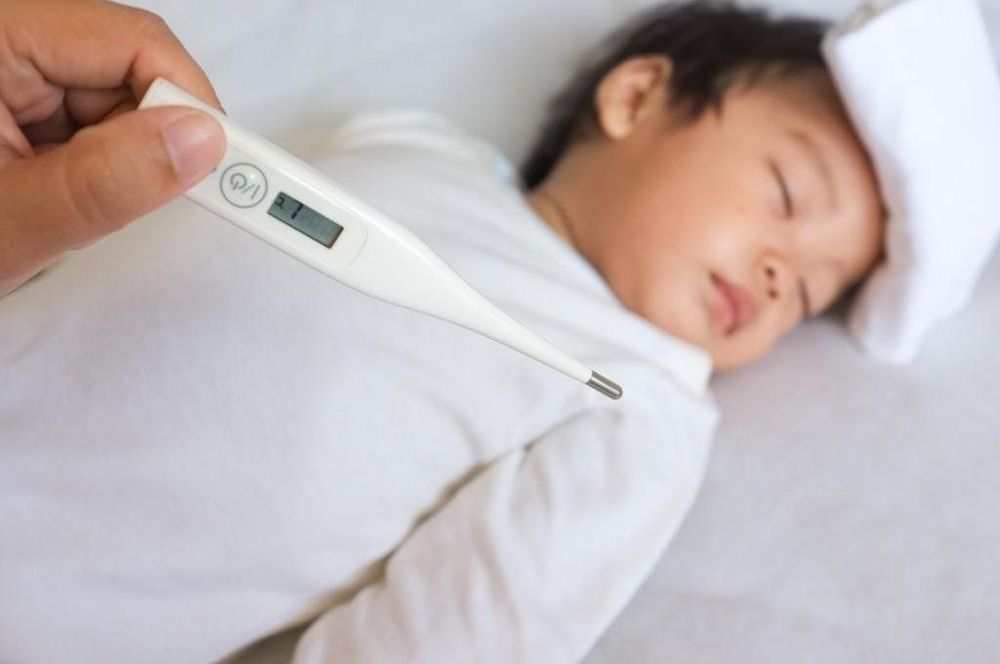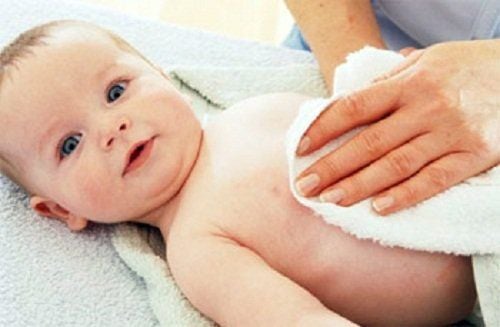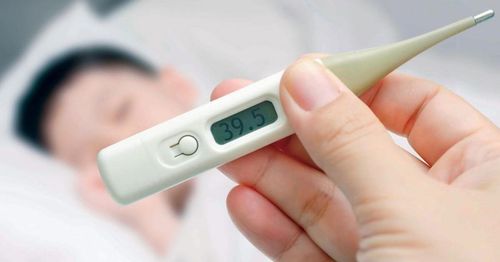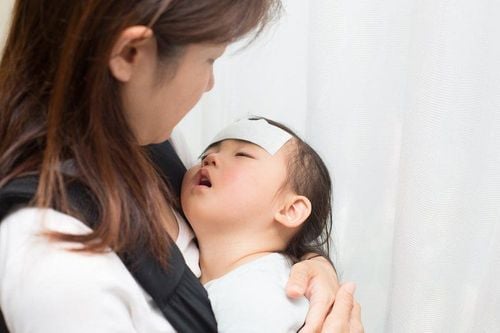Although most fevers in children are caused by viral infections and will go away on their own in a few days, parents should still know how to take care of their child at home to help reduce the fever quickly.
1. Causes of fever in children
Fever in children is mostly caused by infections. Common illnesses include throat infections, ear infections, roseola, and urinary tract infections. In some cases, fever may signal more serious conditions like pneumonia, malaria, dengue fever, meningitis, encephalitis, or blood infections (sepsis).
Newborns and infants may sometimes have a mild fever after receiving vaccines.
Babies, especially newborns, can develop a fever if they are dressed too warmly or kept in a hot environment, as their bodies are not yet able to regulate temperature efficiently.
Teething can slightly raise a baby’s temperature, but it usually doesn’t cause a fever higher than 37.8°C (100°F). If the fever is higher, it is likely due to another cause.
2. Guidelines for caring for a feverish child
Although most fevers in children are caused by viral infections and resolve on their own within a few days, parents should know how to provide proper care at home to help their child recover faster.
• If your child has a fever, remove excess clothing or blankets. Dress them in light, loose-fitting clothing to help the body release heat and lower the fever.
• Encourage your child to drink plenty of fluids to prevent dehydration, which often occurs with fever. Let them rest in a cool, well-ventilated area. Check your child’s temperature with a thermometer every 4 hours to keep track of any changes.

• Administer fever-reducing medication when the child’s temperature exceeds 38.5°C.
The recommended choice is single-ingredient paracetamol, available in sachets, syrup, or rectal suppositories. This medication is easy to use, effective in reducing fever quickly (usually within 30 minutes), lasts 4-6 hours, and has minimal side effects. Parents should ensure the correct dosage of 10-15 mg/kg per dose, repeating every 4-6 hours if the fever persists. Typically, it can be administered 3-4 times per day, with a maximum total dosage of 60 mg/kg per day.
• Be cautious of febrile seizures in children aged 6 months to 5 years. In this age group, high fevers can trigger seizures. Parents need to take proactive steps to reduce the fever promptly.
• Cool the child with warm compresses, especially if they have a history of febrile seizures. Follow these steps: Remove the child’s clothing; Use five small towels soaked in warm water. Place two towels under the armpits, two in the groin area, and use the fifth towel to wipe the child’s body; Continue this process until the child’s temperature decreases to normal (37°C). This usually takes 30-45 minutes. If the child resists the compresses, parents can let them sit in a basin of warm water to make them more comfortable, then use the towels to wipe the groin, armpits, and body.
3. Why use warm compresses for a feverish child?
Warm compresses are an effective method to lower body temperature by acting externally to gradually reduce heat.
One cause of fever is the sudden constriction of blood vessels and blocked skin pores, which reduces heat dissipation. Warm compresses help open the pores, dilate peripheral blood vessels, improve blood flow, and enhance heat release, thereby lowering the fever faster.
Ensure the compresses are not too wet, and replace them every 3-5 minutes by soaking in warm water, lightly wringing them out, and reapplying.
Use warm water, and replace it with fresh warm water if it cools down. Wipe the child for about 10-15 minutes.
Dry the child’s body, dress them in light, breathable clothing, and let them rest.
After approximately 30 minutes of using warm compresses, recheck the child’s temperature. Avoid keeping the room too cold or using fans directly on the child to prevent chills.
If the fever does not subside after 30 minutes of warm compresses, administer fever-reducing medication or take the child to a doctor immediately.
These guidelines provide a straightforward and effective way to care for a feverish child, helping parents manage the situation calmly and ensuring the child recovers quickly.

To arrange an appointment, please call HOTLINE or make your reservation directly HERE. You may also download the MyVinmec app to schedule appointments faster and manage your reservations more conveniently.
To arrange an appointment, please call HOTLINE or make your reservation directly HERE. You may also download the MyVinmec app to schedule appointments faster and manage your reservations more conveniently.










